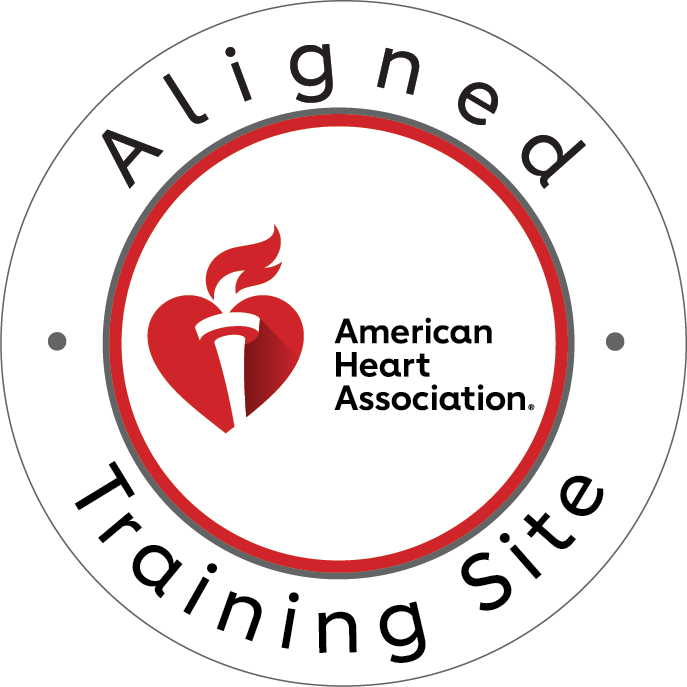The pediatric airway is significantly different from that of an adult, requiring special attention in emergencies, anesthesia, and medical procedures. Understanding these differences is essential for healthcare providers, emergency responders, and parents alike. This article explores the key anatomical and physiological distinctions of the pediatric airway, debunks common myths, and highlights the importance of proper training in pediatric life support.
Key Anatomical Differences in the Pediatric Airway
The pediatric airway is not simply a smaller version of the adult airway; it has distinct structural and functional characteristics that require specialized knowledge and skills for proper management.
Larger Tongue Relative to Oral Cavity
One of the most notable differences in pediatric airways is the relatively larger tongue. This increases the risk of airway obstruction, particularly in unconscious children, as the tongue can easily block the airway.
Higher and More Anterior Larynx
In infants, the larynx is positioned higher in the neck (at C3-C4, compared to C4-C5 in adults). This anatomical variation makes visualization of the vocal cords during intubation more challenging.
Narrower Airway and Funnel Shape
Unlike the cylindrical shape of an adult airway, a child’s airway is funnel-shaped, with the narrowest part located at the cricoid cartilage rather than the vocal cords. This structural difference increases the risk of airway resistance and obstruction, particularly in cases of inflammation or swelling.
Flexible and Compliant Chest Wall
Infants and young children have a more pliable rib cage due to incomplete ossification. As a result, they rely more on diaphragmatic breathing and are more prone to airway collapse during respiratory distress.
Physiological Differences Affecting Pediatric Airway Management
Beyond anatomical variations, physiological differences play a crucial role in pediatric airway management:
- Higher Oxygen Demand – Children have a higher metabolic rate, leading to faster oxygen consumption and quicker desaturation during apnea or hypoxia.
- Smaller Functional Residual Capacity (FRC) – Reduced lung volume means children have less oxygen reserve, making them more susceptible to respiratory failure.
- Immature Respiratory Control – Infants rely heavily on their diaphragm for breathing, making them more vulnerable to fatigue in respiratory distress.
Common Myths About the Pediatric Airway
Myth 1: “Children Are Just Small Adults”
This is one of the most dangerous misconceptions. Pediatric airway anatomy and physiology differ significantly from adults, requiring specialized equipment and techniques for airway management.
Myth 2: “Pediatric Airways Are Easier to Intubate”
Many assume that because children are smaller, intubation is easier. However, the higher larynx, larger tongue, and more delicate airway structures make intubation in children more technically challenging.
Myth 3: “Choking is Always Loud and Obvious”
Contrary to popular belief, choking in children is often silent. A complete airway obstruction may prevent a child from making any noise, emphasizing the importance of recognizing subtle signs such as sudden inability to cough or breathe.
Myth 4: “A Child in Respiratory Distress Will Always Show Clear Signs”
Children compensate well for respiratory distress until they suddenly decompensate. By the time cyanosis or bradypnea is evident, the child may already be in a critical state.
Challenges in Pediatric Airway Management
Due to their unique airway anatomy and physiology, children present specific challenges in airway management:
- Higher Risk of Airway Obstruction – The relatively larger tongue and smaller airway diameter increase the likelihood of obstruction, especially in unconscious children.
- Rapid Oxygen Desaturation – Due to their higher metabolic rate, children desaturate much faster than adults, requiring quick and efficient airway management.
- Difficult Mask Ventilation – The more compliant chest wall and underdeveloped respiratory muscles make effective ventilation more challenging.
Best Practices for Managing the Pediatric Airway
Proper technique and preparation are critical when managing a child’s airway. Best practices include:
- Proper Positioning – The sniffing position (slight neck extension) helps open the airway and improve visualization during intubation.
- Age-Appropriate Equipment – Using the correct-sized airway adjuncts, endotracheal tubes, and masks is essential for effective airway management.
- Early Recognition of Respiratory Distress – Prompt identification and intervention can prevent rapid deterioration in pediatric patients.
The Role of CPR Certification in Pediatric Airway Emergencies
Knowing how to respond to a pediatric airway emergency can save lives. Healthcare providers and caregivers must be trained in high-quality CPR, airway management, and life-saving interventions like bag-mask ventilation.
Courses such as Pediatric Advanced Life Support (PALS) and Basic Life Support (BLS) teach crucial skills for managing pediatric respiratory emergencies effectively.
CPR Indianapolis: Your Trusted Source for PALS Certification in Indianapolis
At CPR Indianapolis, we specialize in high-quality PALS certification and CPR certification in Indianapolis. Our American Heart Association-certified courses provide hands-on training in pediatric airway management, ensuring you’re fully prepared for real-life emergencies.
Why choose CPR Indianapolis?
✔ Stress-free, hands-on training
✔ American Heart Association-certified instructors
✔ State-of-the-art simulation equipment
✔ Convenient class schedules
Whether you’re a healthcare provider, emergency responder, or parent, our PALS certification and CPR certification in Indianapolis courses equip you with the essential skills to manage pediatric airway emergencies effectively.
Conclusion
Understanding the key differences in the pediatric airway is critical for effective management in emergencies. From anatomical variations to common myths, being well-informed helps healthcare professionals and caregivers provide the best care possible.
Don’t wait until an emergency strikes—get your CPR and PALS certification in Indianapolis today with CPR Indianapolis!





